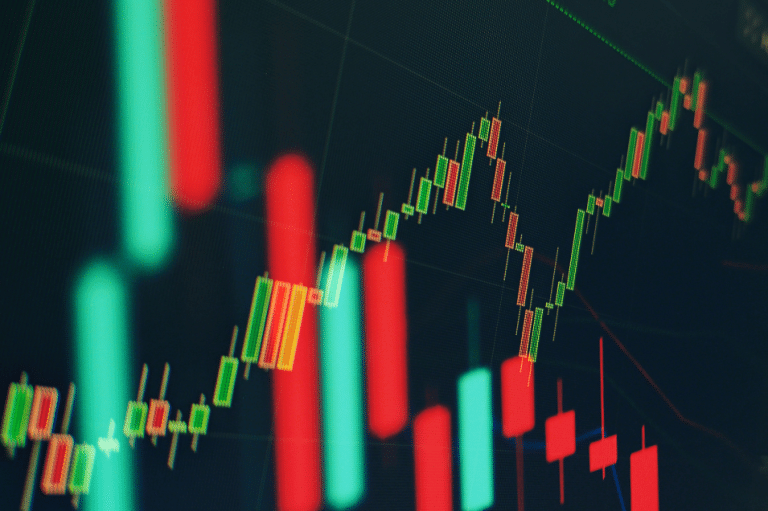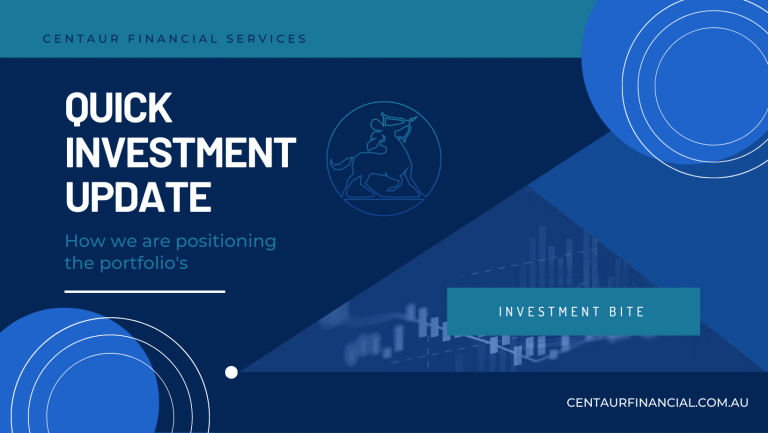One of the golden rules of investing is diversification, but that can be difficult to achieve when you are just starting out or have limited funds to tap into a world of opportunities. Which is why investors have been flocking to exchange-traded funds (ETFs) and listed investment companies (LICs).
ETFs and LICs are like managed funds in that your money is pooled with other investors to create a large portfolio of assets which is professionally managed. Not only do they provide diversification, but they can be bought and sold on the Australian Securities Exchange (ASX) as easily as shares and have lower fees than traditional managed funds.
In the six years to July, the market value of LICs has more than doubled from $16 billion to almost $34 billion. In the past year alone there have been 11 new listings, taking the total to 101.i
LIC Market Growth
Source: http://www.asx.com.au/documents/products/ASX_Funds_Monthly_Update_Aug_17.pdf
ETFs have also grown strongly. There are now 212 exchange traded products (ETPs) on the ASX, including ETFs. From a standing start 15 years ago, ETFs have a market value today of about $31 billion.ii
Yet despite their popularity, there is confusion about the technical differences between these products which can make it difficult to decide which, if any, is appropriate for you.
What are LICs and ETFs?
LICs are the great grandfathers of the listed managed investment scene, with a history going back almost 100 years. Trailblazers such as the Australian Foundation Investment Company (AFIC) and Argo Investments have provided investors with steady returns for decades, mostly from a portfolio of Australian shares selected by the fund manager.
While Australian shares still account for 83 per cent of total LIC assets, these days 16 per cent are in global equites through well-known fund managers such as Platinum. Newer LICs also offer exposure to micro-caps, infrastructure, private equity and absolute return funds.
By contrast, ETFs invest in a basket of shares or other investments that generally track the performance of a market index such as the ASX 200 Index or the US S&P 500. You can buy an ETF to give you exposure to an entire market, region or market sector, such as global health or technology stocks. They also offer investments in a wider range of asset classes, from local and international shares to bonds, commodities, currency, listed property and cash.
Structure and tax
As the name suggests, LICs use a company structure while ETFs are unit trusts.
Like other companies, LICs are governed by the Corporations Act. This means they pay company tax on their income and realised capital gains which they can hold onto or pay out as dividends plus any franking credits. Investors are then liable for tax at their marginal rate.
By contrast, ETFs are not required to pay tax on their income or realised capital gains. Instead, they pass on all tax obligations to investors who pay tax at their marginal rate. Despite these differences, the after-tax position for investors is similar to LICs.
Another key difference between the two is that LICs are closed-ended investments, which means they have a fixed number of shares on issue and new shares can only be created or cancelled via a rights issue, placement or buyback.
This structure means LICs tend to trade at a premium or discount to the value of their net tangible assets (NTA). Like all companies trading on the ASX, it’s the market that determines the share price, not the value of the company’s underlying assets.
ETFs, on the other hand, are open-ended which means units in the fund can be created or redeemed according to investor demand without the share price being affected. As a result, ETFs always trade close to their NTA.
Why now?
The growing interest in LICs and ETFs can be traced back to the growth in self-managed super funds (SMSFs). SMSF investors are not only keen to keep investment costs down, they are also on the lookout for simple, effective ways to create a diversified portfolio tailored to their personal needs.
The expansion of products on offer has also made it easier to take advantage of market trends, such as improving global growth or geopolitical tensions. For example, the best performing ETF categories in August were gold mining and resources. The biggest money flows went into international equities, fixed interest, Australian listed property, cash and currency.
LICs were also given a shot in the arm following a change in the Corporations Act in 2010 that altered the way dividends can be paid out. This allowed them to pay a regular stream of franked dividends to investors seeking higher yields at a time of historically low interest rates.
It’s important to understand how different investment vehicles work and whether they are appropriate for your personal circumstances and appetite for risk. If you would like to discuss your investment strategy, give us a call.
i ASX Investment Products Monthly Update August 2017
ii BetaShares Australian ETF Review August 2017





































































